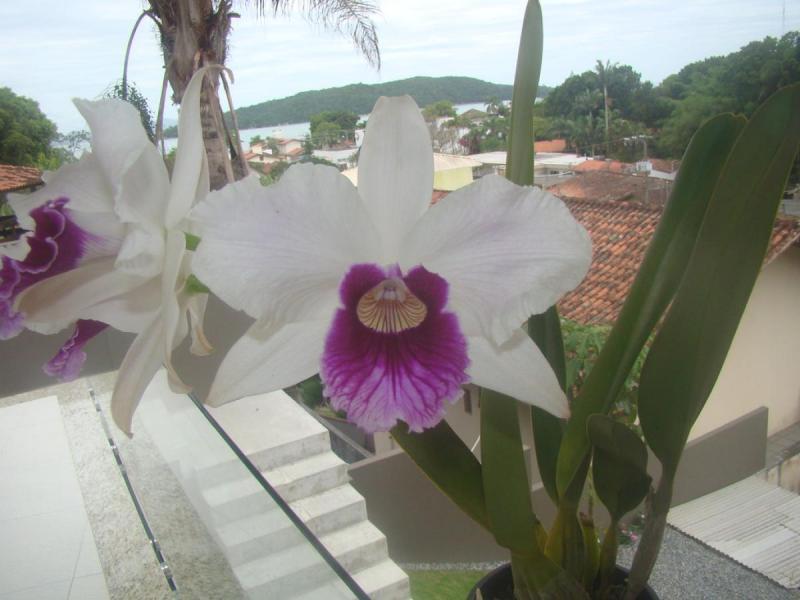Laelia purpurata
Also known as: Purple in the subfamily: Epidendroideae
Native to: Mato Grosso do Sul - Brazil Sao Paulo - Brazil
General Information
Purple is a sympodial cool to warm growing epiphytic orchid belonging to the sub family Epidendroideae native to Brazil.
Plant Description
Sympodial. Grows to 100cm. Each new growth has a single leathery thick, erect leaf that grows to 5-38cm long. Pseudobulbs grow to 60-100cm
Flowers
Numerous fragrant blossoms appear during Winter
Fragrance
The orchid is fragrant.
Blooming Season
- Winter
Substrate(s)
- Coarse
- Medium
- Bark
- Charcoal
- Perlite
- Sand
Care Notes
These orchids like to be watered regulary, especially during warm weather, and prefer a well draining mix or also do well mounted, provided they can be watered daily or even many times a day.
These are quite a forgiving orchid, there are no special requirements to get this orchid to flower, just good care and consistent conditions. Larger plants may be more fussy and can react poorly to change; a poorly timed repotting, a pest infection or an unusually hot day can set them back for a couple of years. However, even plants that have been treated poorly can thrive, and if they are set back they often recover much stronger then they would otherwise be.
Fragrant:- IsFragrant
Climate
The orchids are well adapted for hot weather, accompanied by sporadic, unpredictable rainfall and a generally dry climate. They can tolerate a lot of neglect as they are quite used to it, however they can be prone to underwatering and may collapse in cold, wet weather.
For this reason it's best to dedicate a sheltered, protected area for them where the watering can be controlled, such as a corner of a greenhouse or in a sheltered balcony. They can also do well hung near the roof of a shadehouse or sheltered greenhouse where they receive the extra heat but not as much water as other plants.
Grows at low elevations. Rainfall ranges from 79mm to 132mm per day, heaviest in March and lightest in May. Humidity ranges from 66% to 79%, highest in January and lowest in June. Temperature ranges from 9C to 31C, highest in July (20C to 31C) and lowest in January (9C to 19C).Watering
These orchids prefer a wet-dry cycle between waterings, they should be watered frequently but only when the moisture is approaching dryness, where the pot feels light and/or the media looks dry. Keep an eye on mounted orchids in warm weather as they may dehydrate quickly.
Fertiliser
Apply liquid based fertiliser per recommended directions. They can benefit from a high phosphate fertiliser leading up to flowering season, followed by a high nitrogen fertiliser when new growth appears, and a balanced fertiliser in other times. These orchids can also tolerate slow release fertiliser applied 1-2 pellets per cup (250ml) of media.
Apply fertiliser regularly at half strength year round. Use a high Nitrogen fertiliser during Spring and Summer. Use a high Phosphorous fertiliser during Summer.Potting
These plants are quite forgiving and will do well repotted ever 2-3 years. The mix should be coarse, well draining, and allow space for air to move and for roots to grow.
Alternatively, these plants will also do well mounted to tree fern or cork slabs, or mounted to trees.
Best time for repotting or mounting the orchids is the end of winter when new growths start to appear. Avoid repotting during hot weather,
This plant does very well in baskets or suspended pots This plant does well mounted to Cork slabs. Repotting is best done in a pot the same size or only slightly larger than the previous one.





















